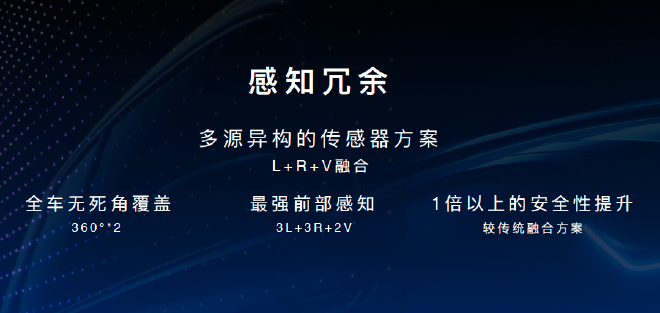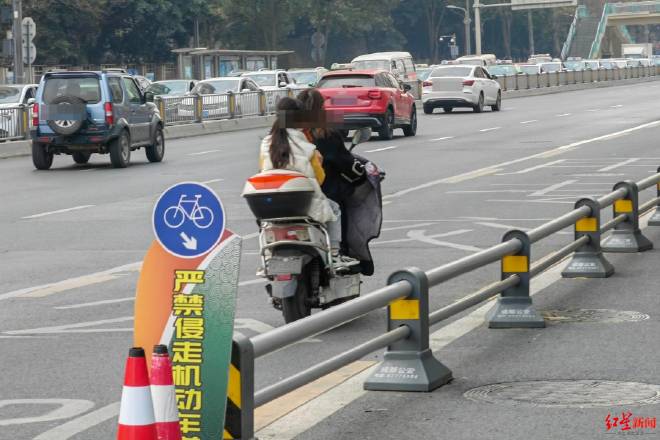From 2024 to 2025, the automotive industry developed a “bad habit”: competing for definitions. The most obvious example is the emergence of L2+, L2.5, L2.9, and even L2.9 from L2. This trend blurred the lines between different levels of L2, leading to confusion over “smart driving.” Consumers struggle to judge which technology is more advanced or reliable based on names alone. The understanding of smart driving definitions became chaotic. While L2 and L3 are definitions backed by national standards, other definitions are “commercial definitions.” Some companies claim they will deploy L3 by the end of 2025. This raises concerns: Is their L3 the same as the public’s understanding of L3? The national standard sets clear thresholds. Last year, some companies hinted they had L3 capabilities but couldn’t deploy due to regulations. This implies that national standards hinder progress. So far, the government has approved seven passenger car brands and two commercial vehicle brands for “intelligent network access and road testing,” essentially for L3 road tests. Since it’s a road test, it clearly involves defined geographical boundaries. But is this the only limitation for L3? We must clarify the difference between L3 and L2. Although the national standard is complex, it boils down to a change in responsibility. L2 involves shared driving, where humans are the primary operators and the car assists. In L3, the system takes over, but humans must still monitor. This shift involves both a transfer of responsibility and a change in legal liability. From this perspective, if car companies do not take responsibility, it does not count as L3. However, if consumers act recklessly or illegally, companies must take responsibility. This is unfair. A better solution is to embed ODD in the algorithm. This term has been central to autonomous driving, but companies rarely explain it to consumers. Consumers dislike hearing “this is not allowed” and prefer “operates in all conditions, 24/7, anywhere.” While this sentiment is understandable, safety remains a non-negotiable principle for companies. They must not exaggerate product capabilities or stray from technical realities. From L1 to L4, ODD must consider various conditions, including weather, lighting, vehicle status, road type, and traffic conditions. For instance, in low-light situations, pure visual assistance must limit speed. The reason is simple: sensors have reduced recognition distances. If speed exceeds a certain threshold, the system may not handle conditions effectively, leaving insufficient time for human takeover. Clearly, ODD includes multiple parameters. Changes to certain parameters can restrict intelligent driving operations or even render them impossible. If companies take responsibility, ODD settings will be clear. In many cases, they may refuse to activate L3 or require reduced speed. In China, mines and ports widely use L4 because the ODD in these scenarios is very simple. They are physically closed, lack non-structured scenes, and vehicles follow fixed routes. This setup eliminates weather and external disturbances. The highly structured and simple ODD makes L4 relatively easy to implement. Existing technology can already achieve this.
Germany allows L3 on highways, but with conditions. It is limited to specific highway sections. It does not support ramps, toll booths, or other complex areas. It requires good weather and normal road conditions. In complex situations, the system must request manual takeover 2 kilometers in advance. For L3 hardware, Germany imposes sensor constraints. L3 systems must receive certification from the Federal Motor Transport Authority. This ensures safety and redundancy. It does not mention computing power. This approach is wise. Under these conditions, matching high-precision maps creates minimal computing pressure. If an accident occurs during L3 activation, the car manufacturer bears responsibility. If the driver fails to take control in time, the responsibility shifts to the driver. L3 capabilities define the L3 architecture. No global precedent exists for L3 in urban areas. China will likely be the first country to approve L3 in cities. Some car manufacturers claim deployment could happen this year. To answer this, we must first examine L3’s required capabilities. Like L2, L3 requires manual takeover under unsuitable conditions, but it should occur very rarely. If the driver fails to take control, L3 must be able to disengage from the current scenario. The distinction between L2 and L3 lies here. L2 sometimes does not recognize its limitations, while L3 should be aware of them. “Unknown is unsafe” is a primary cause of accidents and should be minimized. This is “reasonable safety.” How safe is reasonable? Musk suggests safety should exceed human driving by ten times, roughly equating to one accident every 6 million kilometers. L3 should identify all environmental factors, including glare, low light, stationary unstructured obstacles, and special road conditions. Failing to recognize water barriers, overturned trucks, or guardrails can no longer serve as excuses. Given current sensor, computing, and algorithm levels, expanding the reasonable safety zone requires enhancing hardware capabilities. This is insufficient. We must increase redundancy in perception, control, and execution. Thus, redundancy in all critical areas becomes a key feature of current L3 systems.
The aviation decision chain usually has three or four redundancies. It often uses an arbitration mechanism for multiple signals. Applying this to cars seems excessive. Currently, the common approach is a single channel with diagnostics. Each node connects to the diagnostic link. The two channels can diagnose each other at any time. One channel’s diagnostic link can shut down the other channel’s output. This ensures the system works properly even if a key node fails. If cost is not a concern, more complex architectures, like dual-channel redundancy, can be implemented. These use arbitration mechanisms but often rely on negotiation mechanisms. The reason is that if the results between channels differ significantly, the arbitrator struggles to decide. Simple problems can be resolved with “yes or no.” Complex problems require optimization. Negotiation mechanisms are more complex than arbitration. Many similar architectures exist, but all critical points must have redundancy. This is the main difference between L3 and L2 architectures. How difficult are the technical challenges of L3? Having an L3 architecture does not guarantee L3 functionality. The current technical challenges exceed those of L2. Although German highways require L3 to start only in clear daylight, true L3 may face more complex weather conditions. Even with sensor redundancy, challenges increase. Like L2, the refresh rate of LiDAR does not sync with camera timing, causing discrepancies in locating dynamic objects. At high speeds, a 10-millisecond error can pose risks. In rain and fog, LiDAR point cloud scattering can exceed 50%. Cameras quickly lose signal-to-noise ratio in low light and backlight. Coordinating multiple sensors is harder than in L2 because L3 must create a larger reasonable safety zone. Predicting is even more challenging than perception. Existing models struggle with prediction errors beyond three seconds. For example, an electric bike can suddenly turn left from a non-motorized lane into a motorized lane, crossing multiple lanes. All traffic rule violations exhibit randomness. Deep learning models still depend on large amounts of labeled data for training. In low-light scenarios, their generalization ability is questionable. Simply put, nighttime rule-breaking is more likely to disrupt L3.
Even within the ODD range, decision-making based on rules can encounter “rule assassins.” These include sudden braking without warning or animals crossing the road. In these cases, the “non-explainability” of end-to-end learning makes decisions opaque. Regulators may not approve deployment. The focus of L2 urban NOA lies in the game theory. Drivers also concentrate on the game. This game aligns with Nash equilibrium theory. However, introducing too many intelligent agent models may overwhelm current in-car computing power. This results in timid performance. Some “reckless” intelligent driving systems show ignorance and fearlessness. This exemplifies the typical “cluelessly incompetent” behavior. Computing power sometimes suffers from severe waste. For example, Nvidia’s dual Orin X chips use a “lockstep mechanism” for dual-core verification, sacrificing 40% of computing power. In such cases, asynchronous computing architectures are more suitable. Domestic SoC suppliers view this as an asymmetric breakthrough. High-definition maps can reduce computing pressure. However, domestic lightweight maps face high update costs. Approval processes lag behind actual road changes. Under lightweight maps, L3 faces increased computing pressure. This is why L3 currently prefers pilot testing within specific geographic fences instead of promising “nationwide operation.” In fact, “citywide operation” will not happen this year. L3 requires coverage of millions of long-tail scenarios. Completing the data loop poses a challenge. Many L2 vendors struggle to advance to L3 due to limited access to high-quality data. Virtual testing cannot cover all situations. Simulation software always deviates from the real physical world. Scenario libraries can only approximate reality, not fully replicate it. The complexity of existing scenario libraries may differ by three or four orders of magnitude from the real world. L3 cannot force manual takeover. It allows for slow actions or no takeover. In such cases, the issue shifts from technical to ethical or social psychology. This means there won’t be simple answers. The problem is clear. Many companies have developed L3 architectures. Some have conducted small-scale road tests and limited production. However, large-scale commercial deployment remains immature. No company faces regulatory or policy constraints that prevent them from “taking off.” Regulation protects companies. They cannot act recklessly. They should first achieve L3 deployment under narrowed ODD conditions, expanding more cautiously than the Germans. Even if L3 is deployed, avoid excessive optimism. As long as L0 exists on the road, even a L5 vehicle can have accidents. Human thought diversity is undeniable.


